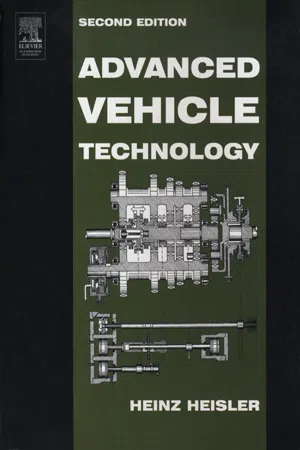
- 656 pages
- English
- ePUB (mobile friendly)
- Available on iOS & Android
Advanced Vehicle Technology
About this book
This eagerly awaited second edition of Heinz Heisler's Advanced Vehicle Technology is a comprehensive and thorough description of vehice bodies and components.The second edition has been rigorously updated to provide additional material on subjects such as antilock braking, vehicle aerodynamics, tire tread design advances, electronically controlled anti-vibration engine mountings and transport refrigeration. Around 100 new diagrams have been included to complement the text.Advanced Vehicle Technology 2nd edition's depth of coverage, detailed illustrations and fluent and precise style are the outstanding features in this high quality student text.- More quality artwork has been added to enhance and add value to the explanation given in the text- 16 key topics have been updated to bring this 2nd edition in line with current technology- Fully international in scope, reflecting the nature of contemporary vehicle engineering
Frequently asked questions
- Essential is ideal for learners and professionals who enjoy exploring a wide range of subjects. Access the Essential Library with 800,000+ trusted titles and best-sellers across business, personal growth, and the humanities. Includes unlimited reading time and Standard Read Aloud voice.
- Complete: Perfect for advanced learners and researchers needing full, unrestricted access. Unlock 1.4M+ books across hundreds of subjects, including academic and specialized titles. The Complete Plan also includes advanced features like Premium Read Aloud and Research Assistant.
Please note we cannot support devices running on iOS 13 and Android 7 or earlier. Learn more about using the app.
Information
1.1 Integral body construction
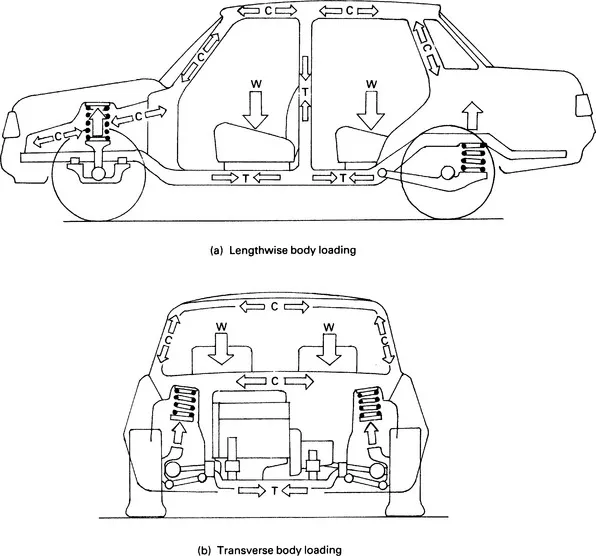
1.1.1 Description and function of body components (Fig. 1.2)
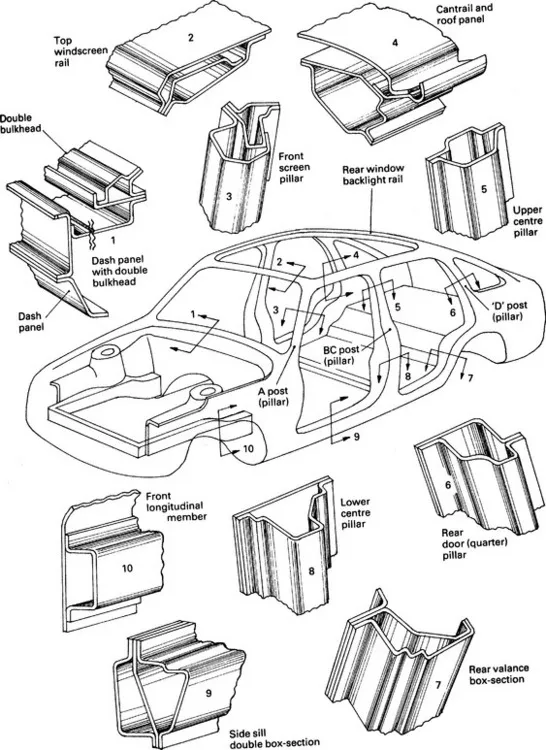
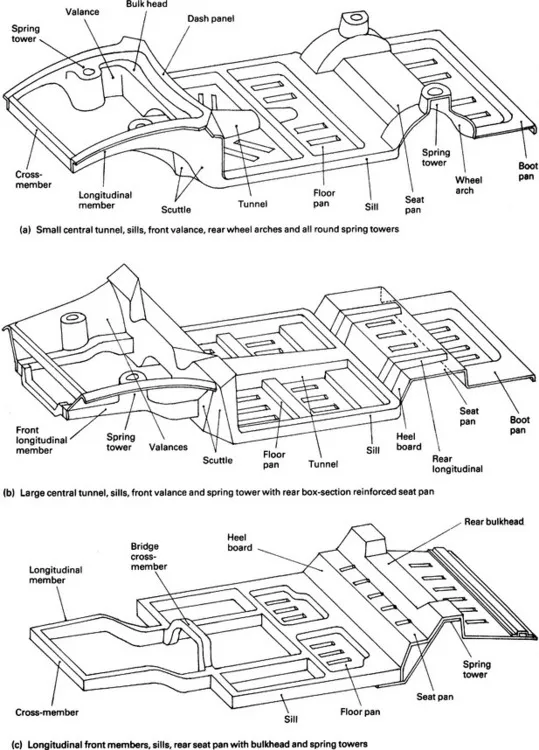
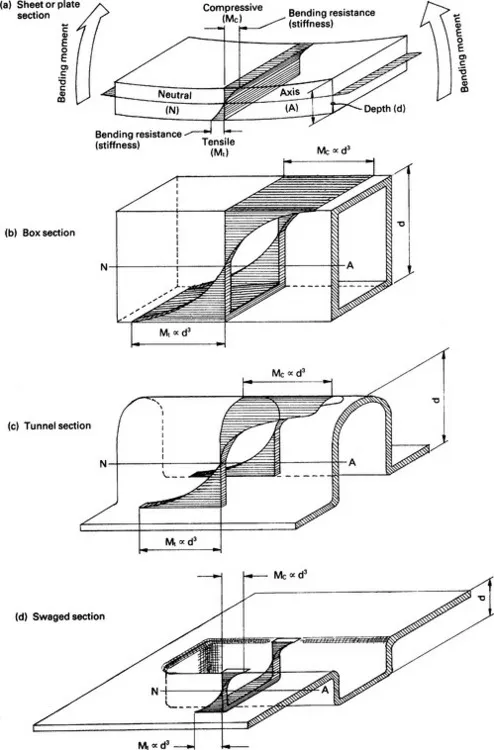
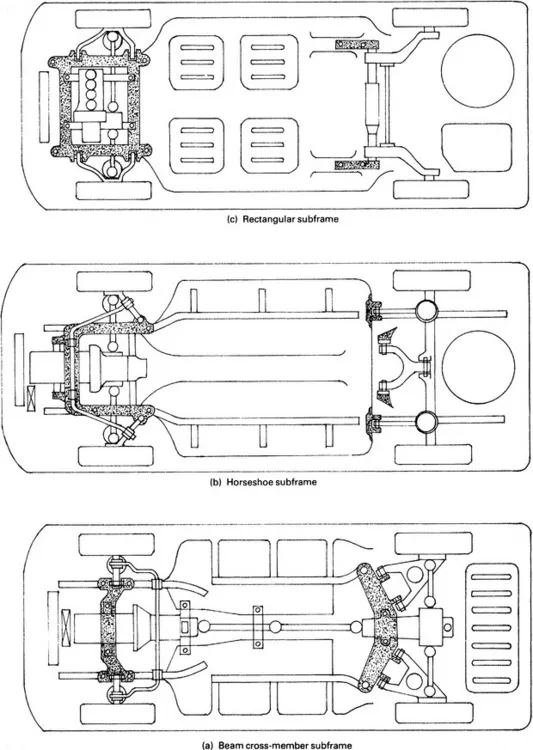

Table of contents
- Cover image
- Title page
- Table of Contents
- Dedication
- Copyright
- Preface to the second edition
- Preface to the first edition
- Chapter 1: Vehicle Structure
- Chapter 2: Friction clutch
- Chapter 3: Manual gearboxes and overdrives
- Chapter 4: Hydrokinetic fluid couplings and torque converters
- Chapter 5: Semi-and fully automatic transmission
- Chapter 6: Transmission bearings and constant velocity joints
- Chapter 7: Final drive transmission
- Chapter 8: Tyres
- Chapter 9: Steering
- Chapter 10: Suspension
- Chapter 11: Brake system
- Chapter 12: Air operated power brake equipment and vehicle retarders
- Chapter 13: Vehicle refrigeration
- Chapter 14: Vehicle body aerodynamics
- Index